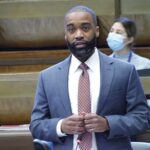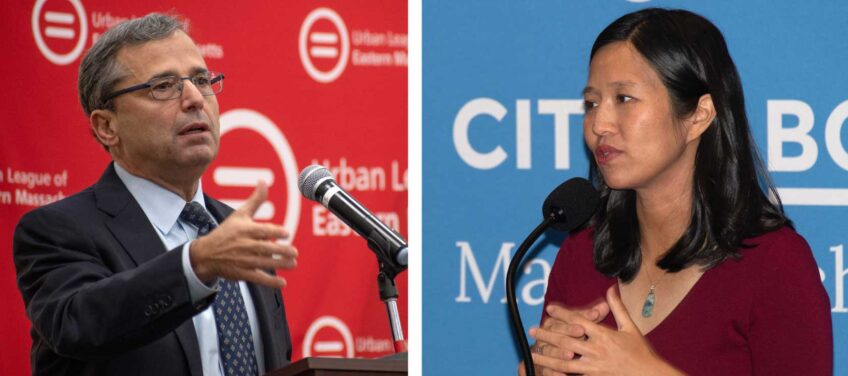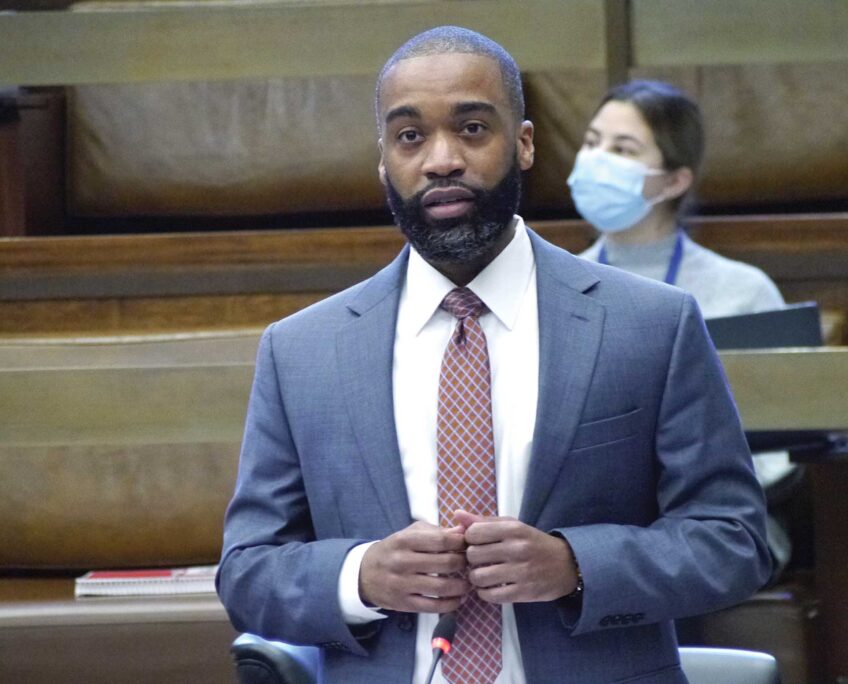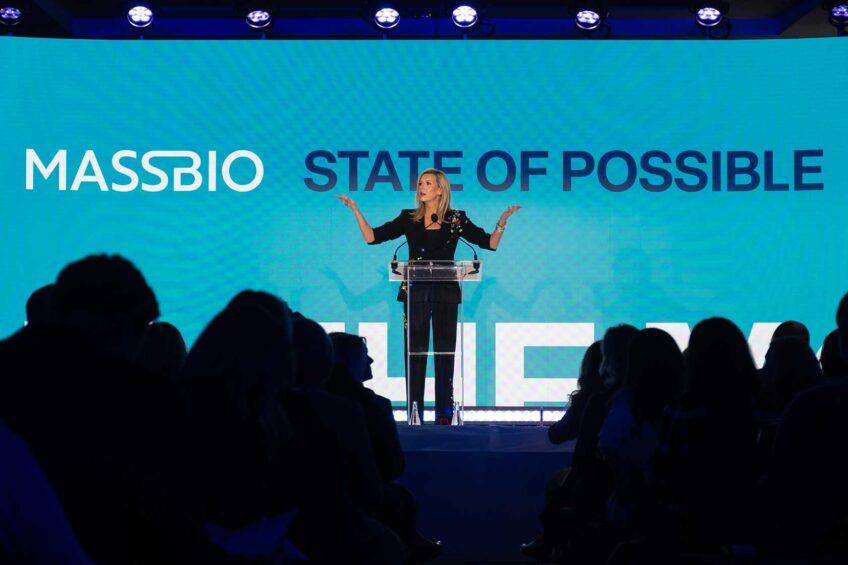Nonprofits plan for 400 units, addiction services at Shattuck
Neighborhood residents report increased drug use in Franklin Park
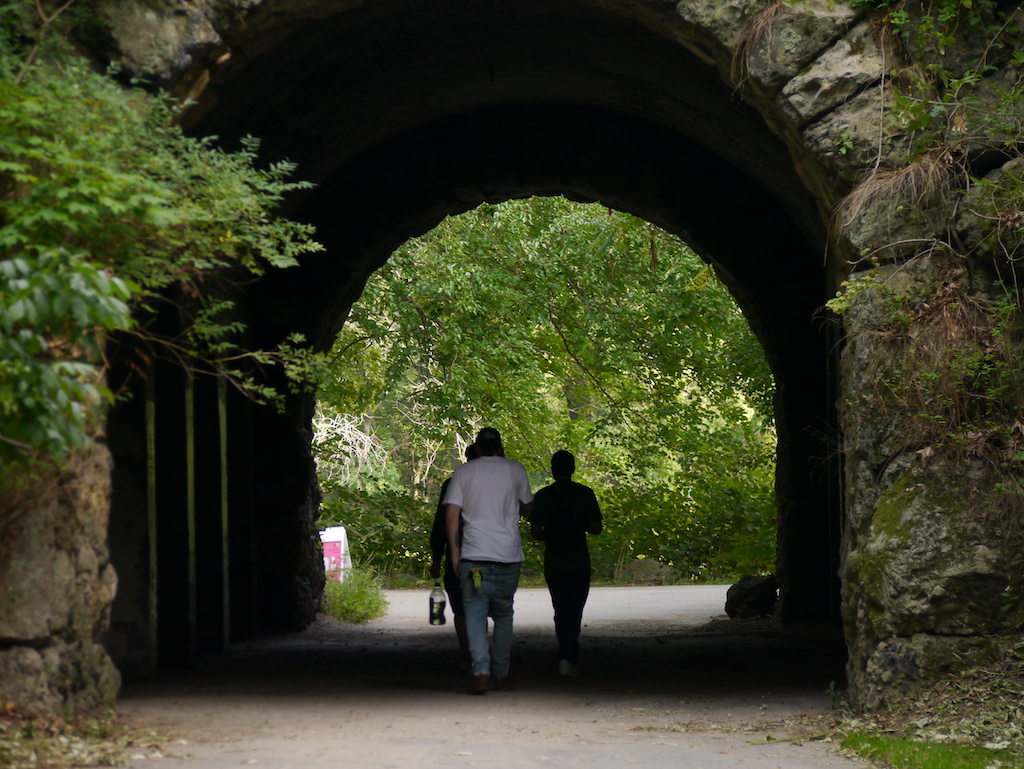
When city workers dismantled the tents in the streets around the intersection of Massachusetts Avenue and Melnea Cass Boulevard last December, city officials and civic leaders stressed the importance of a regional approach that would distribute the drug treatment programs and transitional housing from the area to neighborhoods throughout the city and throughout the region.
But nearly 10 months later, the regional approach is looking more and more like Roxbury. The neighborhood, which already has a high concentration of drug treatment programs and supportive housing for people struggling with addiction, is about to get a whole lot more.
A team of nonprofit service providers and community development corporations have teamed up with Boston Medical Center with a plan to build 400 units of transitional housing for people experiencing homelessness and addiction at the site of the Shattuck Hospital in Franklin Park, where the city has already sited 30 temporary supportive housing shelters.
The state Division of Capital Asset Management and Maintenance (DCAMM) has not yet made public the plan, which came in response to a request for proposals the agency released in July. But a letter of support being circulated by one of the proponents, the Jamaica Plain Neighborhood Development Corporation, indicates number of units is 400 and that the group plans to “provide a comprehensive range of services and supports that address the public health impact of addiction and homelessness.”
In addition to JPNDC and Boston Medical Center, others on the team include The Community Builders, Pine Street Inn, Bay Cove Human Services, Victory Programs Inc, Health Care Resource Centers and Boston Healthcare for the Homeless Program.
The plan has sparked ire among residents of surrounding communities who say they were not included in the planning process for DCAMM’s request for proposals.
“They haven’t asked the people in a neighborhood where they’re putting a very high needs population,” said Fatema Ali Salaam, president of the Greater Mattapan Neighborhood Council. “This has been sprung upon us.”
A spokeswoman for DCAMM would not share a copy of the development plan and declined requests for comment for this story.
A Roxbury-centered solution?
Since the city dismantled the tents and shelters in the Mass and Cass area, city officials have located temporary housing units in the Roundhouse Hotel and 112 Southampton Street in Roxbury, the Willows at Woods shelter in the South End, the Envision Hotel in the Mission Hill neighborhood of Roxbury and in the existing Shattuck building.
A spokesman for the city said on background that the administration of Mayor Michelle Wu is seeking to develop a total of 1,000 units of supportive housing throughout the city for people experiencing addiction and homelessness. But city officials have yet to identify a single site outside of Roxbury, other than Willow at Woods, which is on the South End side of the intersection of Massachusetts Avenue and Albany Street.

A tent residents say has been up more than a week in Franklin Park. BANNER PHOTO
“We do not want to bear the burden of housing people and providing services in Roxbury,” said District 7 City Councilor Tania Fernandes Anderson, whose district includes Roxbury and parts of the South End and Fenway.
Fernandes Anderson, who has worked with people suffering from addiction, said concentrating programs for people struggling with substance abuse in the same area does not work.
“Research shows it’s not even effective when it’s all concentrated in one area,” she said. “I’m not sure what their logic is in siting everything here.”
Within a quarter-mile radius of Fernandes Anderson’s Humboldt Avenue home are seven sober homes and shelters for people experiencing addiction and homelessness. The neighborhood is said to have the highest concentration of sober homes in the city, although there is no single government agency that tracks where such sites are in Boston.
The process
While Franklin Park is in the BRA-designated catchment area of the Greater Mattapan Neighborhood Council and is claimed by the Garrison Trotter Neighborhood Council, neither body was invited into the DCAMM process for developing the RFP for the Shattuck.
Garrison Trotter President Louis Elisa, who attended several meetings after learning of DCAMM’s plans, said the RFP called for 75 to 100 units, not the 400 that are in the groups’ plan.
Before DCAMM released the RFP, the requirements for redevelopment, which included supportive housing and addiction services, were made public. Two city councilors — at-Large Councilor Michael Flaherty and Frank Baker, whose district abuts the Mass and Cass area — weighed in in support. Michelle Wu, who at the time was an at-large councilor, called on DCAM to work with the MBTA to locate services in the nearby Arborway Yard instead of in Franklin Park.
State Rep. Russell Holmes, who has not seen the groups’ proposal, said the addition of 400 units would overwhelm the surrounding community.
“I don’t believe we should put 400 units of supportive housing in any one community,” said state Rep. Russell Holmes, whose district abuts Franklin Park. “Concentrating that much supportive housing in any one community is not a good idea.”
Facts on the ground
Already, residents of communities surrounding the Shattuck site say they’ve noticed a sharp increase in the number of discarded needles in the area as well as people injecting drugs in public and overdoses.

A heat map showing 311 calls reporting discarded needles in and around Franklin Park. RORY COFFEY GRAPHIC
“It’s quite a drastic difference in the number needles, people using drugs, drug-dealing,” said Jamaica Plain resident Rory Coffey, who has maintained a website documenting discarded needles. “In the last month and a half there’s been a big uptick.”
Coffey says there have been two tents pitched in open spaces in the park as well as makeshift lean-to shelters and encampments in the woods.
While the 30 temporary structures at the Shattuck are targeting people in various stages of recovery, the programs being run out of the building include harm reduction strategies targeting active users. Coffey questions whether the high concentration of active users might be undermining the recovery work happening at the site.
“I don’t know how you have recovery when there are so many people who are obviously not in recovery here,” he said.



